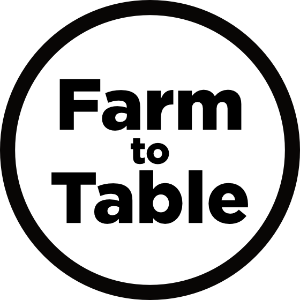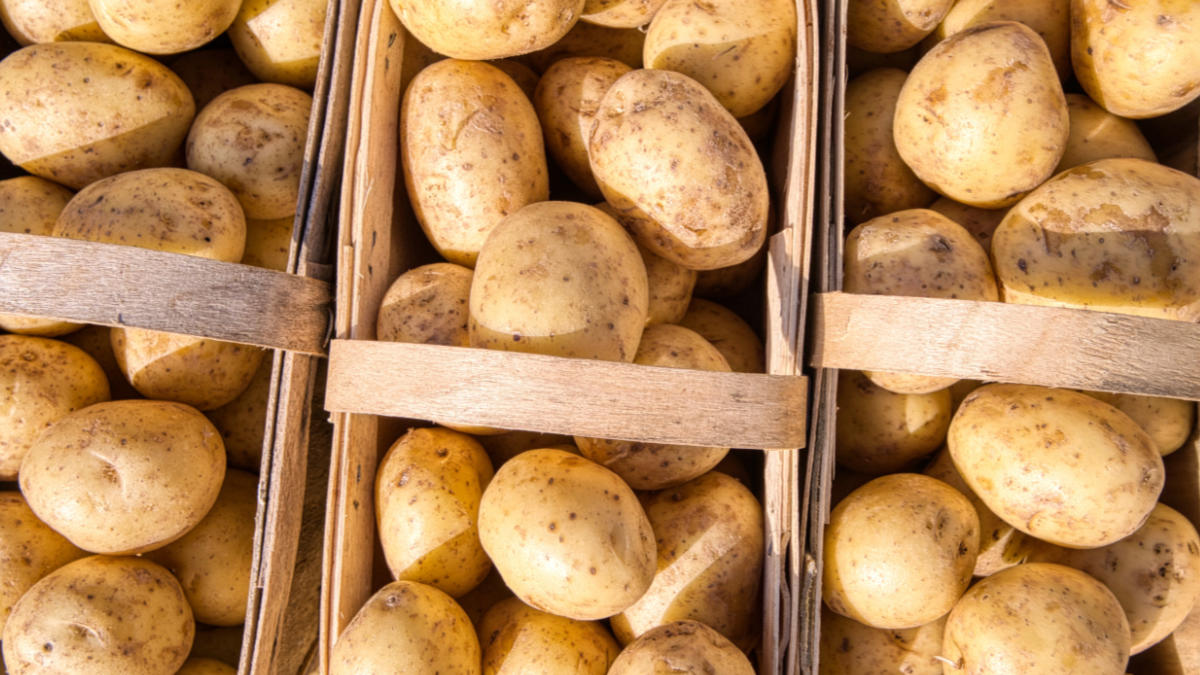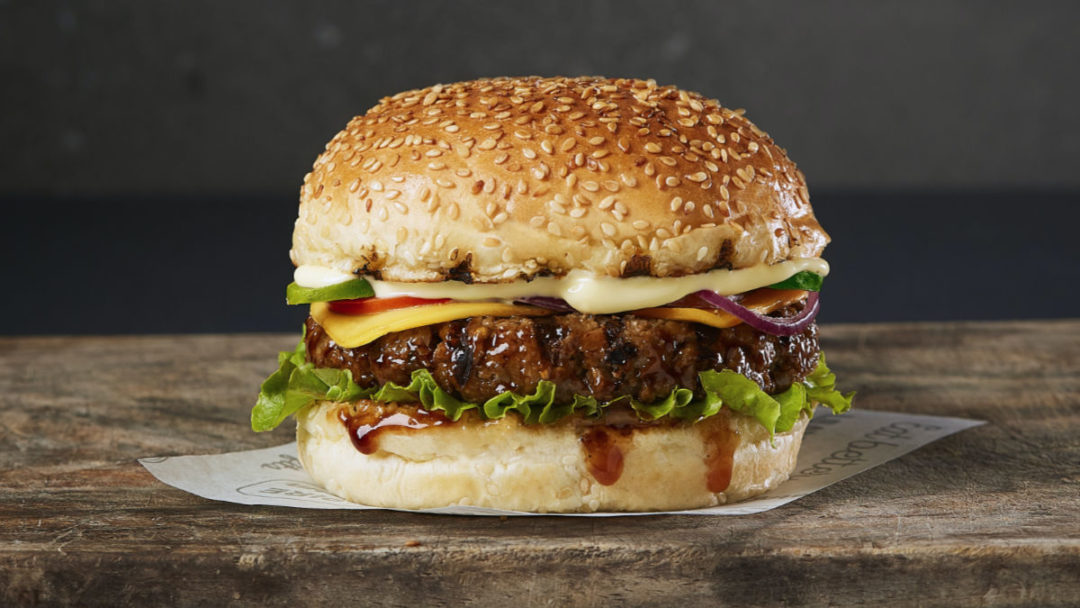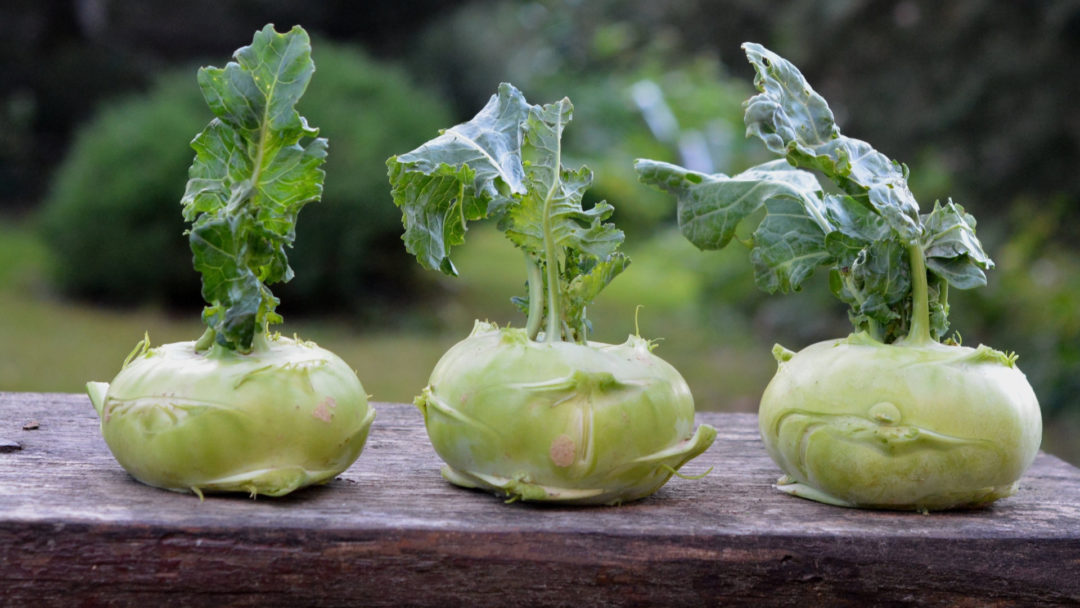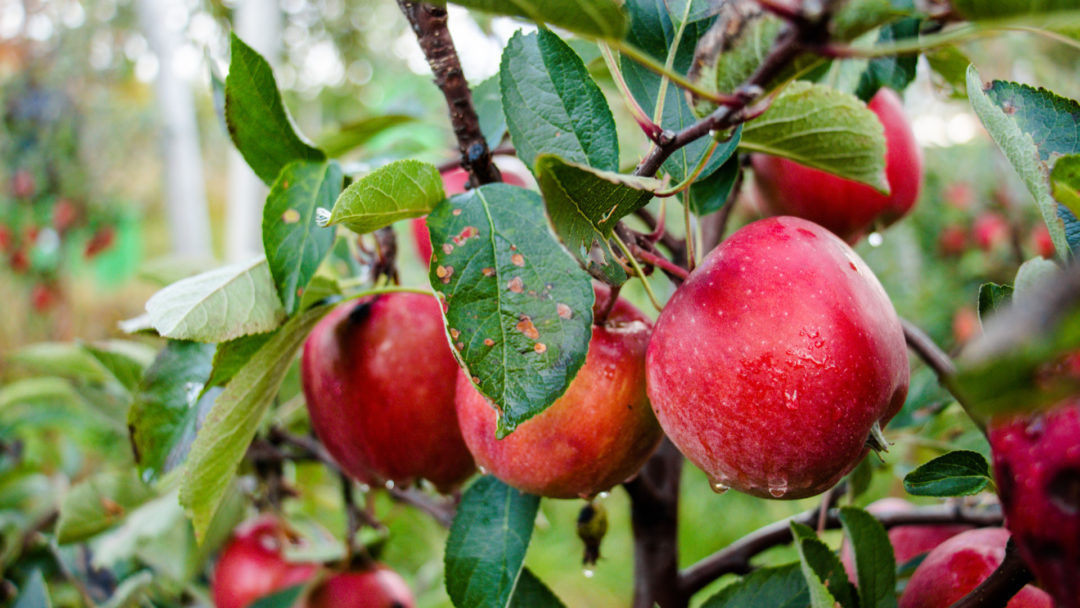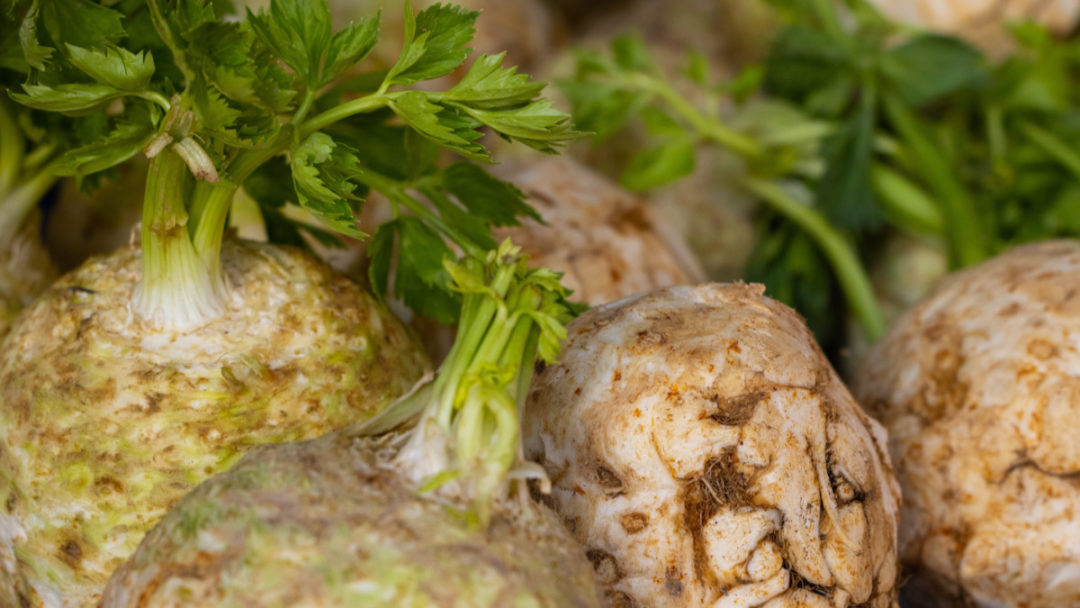Potatoes were likely domesticated in the area of present-day Peru approximately 4 to 5 thousand years ago. Potatoes reached Europe only in the first half of the 16th century after the conquest of the Inca Empire by the Spanish and also thanks to Francis Drake.
We Europeans initially viewed potatoes with great distrust. It wasn’t until the first half of the 18th century that more extensive cultivation of potatoes began, and in the second half of the 18th century, potatoes reached our countries as well. Potatoes are now grown in countless varieties all over the world, and most of us can no longer imagine our diet without them.
Potatoes are primarily composed of carbohydrates (about 20 g / 100 g – mainly starches and a small amount of sugars) and contain a moderate amount of protein (about 2 g) and fiber (about 2.5 g – most fiber is found in the skin), but almost no fat. Potatoes are a good source of several vitamins and minerals, especially potassium and vitamin C. The values of some vitamins and minerals decrease during cooking, but this reduction can be minimized by baking or boiling them with the skin on. Potatoes are rich in bioactive plant compounds (chlorogenic acid, catechins, lutein), which are mostly concentrated in the skin. Varieties with purple or red skin and flesh contain the highest amounts of these compounds.
Some “dieters” unfairly look down on potatoes because of their “high” carbohydrate content, higher glycemic index, or glycoalkaloid content. In reality, consuming potatoes brings a number of benefits. Potatoes are very filling and can thus contribute to weight regulation by prolonging the feeling of fullness after a meal and reducing energy intake. Potatoes contain a number of minerals (especially high potassium content) and plant compounds (chlorogenic acid and kukoamines) that can help lower blood pressure. Potatoes are also a source of indigestible resistant starch, which is an excellent source of energy for beneficial bacteria in the colon. We can increase the content of resistant starch by cooling potatoes after cooking them (so-called starch retrogradation), thereby also reducing the content of digestible carbohydrates and the glycemic index.
And as for the dreaded glycoalkaloids. These are toxic phytonutrients that serve as the plant’s natural defense. However, to be poisoned by glycoalkaloids, we would have to eat more than 2 kg of potatoes with the skin on. The most glycoalkaloids are found in the sprouts, so it’s good to remove them thoroughly before cooking. A healthy person does not need to fear a small amount of glycoalkaloids, but those who suffer from certain types of diseases, especially IBD, should be cautious.
Potatoes have a wide range of uses in gastronomy, starting with boiled potatoes, through various purees, and ending with variously baked potatoes. And beware – if you are making potato fries or chips, always use quality and heat-stable fats or oils and fry only until golden. A brown color already signals a larger amount of carcinogenic acrylamide.
